Disposable tableware has become a convenient option for many people, especially during events, parties, and gatherings. However, like any product, there are both advantages and disadvantages to using single-use items. In this article, we will explore these pros and cons, helping consumers make informed decisions about disposable tableware. Whether you’re planning a large gathering or simply looking for a quick solution for a meal, understanding the impacts of using disposable tableware is crucial.
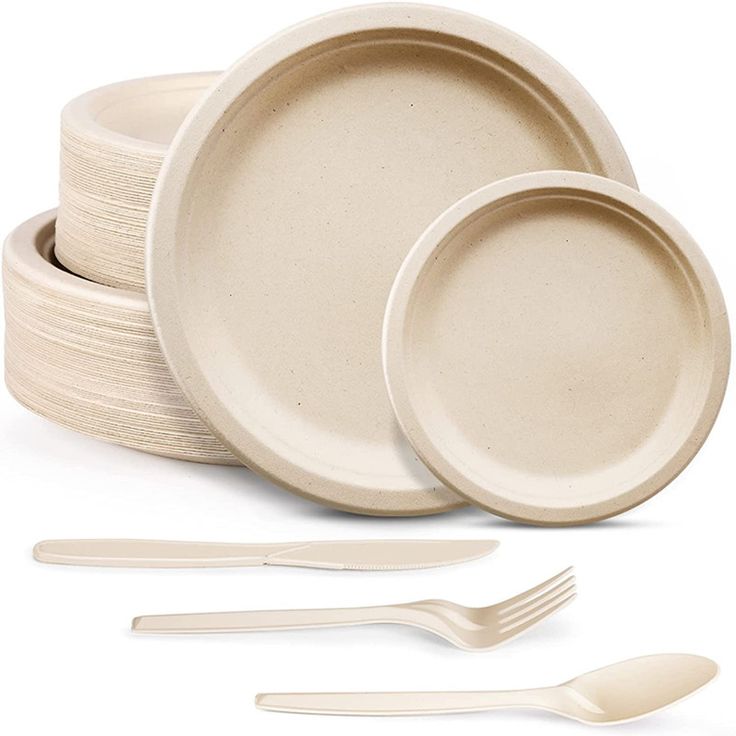
Convenience of Disposable Dinnerware
One of the main reasons people opt for disposable tableware is its convenience. Single-use plates, cups, and utensils are incredibly easy to use. They save time on washing dishes, making them a preferred choice for large events or casual get-togethers. Disposable tableware is perfect for picnics, barbecues, or when hosting a party, where cleaning up can be overwhelming. With just a quick toss, the cleanup process is significantly simplified. Additionally, most disposable items are lightweight, which makes them easy to store and transport, especially for outdoor events.
Despite the convenience, it’s essential to consider whether this ease of use is worth the environmental impact. Many disposable tableware products are made from plastic or other non-biodegradable materials, which can contribute to waste if not disposed of properly.
Affordability of Disposable Tableware
- Budget-Friendly for Large Gatherings: One of the main advantages of disposable tableware is its affordability, especially when hosting large events like parties, weddings, or corporate functions. Single-use plates, cups, and utensils are typically much cheaper to buy in bulk compared to reusable options. This makes it easier to serve a large number of guests without the high upfront cost of purchasing expensive dinnerware.
- Reduced Need for High-Quality Tableware: Disposable tableware reduces the need to invest in numerous high-quality utensils and plates. With reusable options, there’s always the risk of damage or loss, which can result in additional expenses for replacement items. Since disposable items are meant for one-time use, you don’t have to worry about maintaining or replacing broken or misplaced plates and glasses.
- Long-Term Costs: While disposable tableware may be cost-effective initially, there are trade-offs to consider. Over time, continually purchasing single-use items for every event can quickly add up. For frequent event planners or households, this recurring cost can become significant, making disposable options less economical in the long run compared to investing in durable, reusable tableware.
- Environmental Costs: The environmental impact of disposable tableware should also be factored into the cost equation. The production, transportation, and disposal of single-use items contribute to waste and resource depletion. Whether it’s plastic plates, styrofoam cups, or paper napkins, disposable tableware often has a more significant environmental footprint, which could lead to higher societal costs in terms of waste management and pollution control.
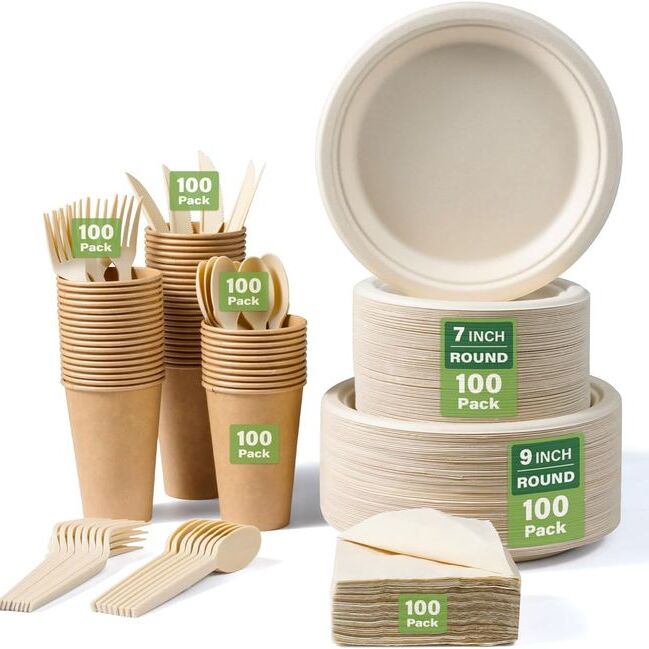
Environmental Impact of Disposable Dinnerware
- Contribution to Plastic Pollution: Most disposable tableware is made from plastic, polystyrene, or other synthetic materials that do not easily decompose. These materials accumulate in landfills and oceans, leading to severe pollution issues. Plastic waste can take hundreds of years to break down, causing long-term environmental damage and posing a serious threat to marine life and wildlife.
- Harm to Ecosystems and Wildlife: Many animals mistake plastic waste for food, leading to ingestion that can cause internal injuries, starvation, or even death. Additionally, microplastics—tiny particles formed as plastic degrades—contaminate soil, water, and food sources, affecting both ecosystems and human health.
- High Carbon Footprint in Production: The production of disposable tableware requires significant amounts of fossil fuels, water, and energy. From raw material extraction to manufacturing and transportation, the carbon footprint of disposable products is substantial. This contributes to greenhouse gas emissions and accelerates climate change.
- Challenges with Biodegradable Alternatives: While some biodegradable or compostable options exist, they are often more expensive and require specific conditions to break down effectively. Many compostable products need industrial composting facilities, which are not widely available, making their environmental benefits questionable in real-world scenarios.
Health and Safety Concerns with Disposable Dinnerware
Health and safety concerns can arise from using disposable tableware, particularly when the items are made from low-quality materials. Cheap plastic plates and cups may leach harmful chemicals like BPA (Bisphenol A) when exposed to hot food or liquids. Prolonged exposure to these chemicals has been linked to various health problems, including hormone disruption and increased risk of certain cancers.
While many disposable tableware manufacturers are moving toward BPA-free products, it’s still essential to check the materials used in single-use items before purchasing. Additionally, some disposable tableware may not be food-safe, which can result in contamination or leakage when used for hot or acidic foods.
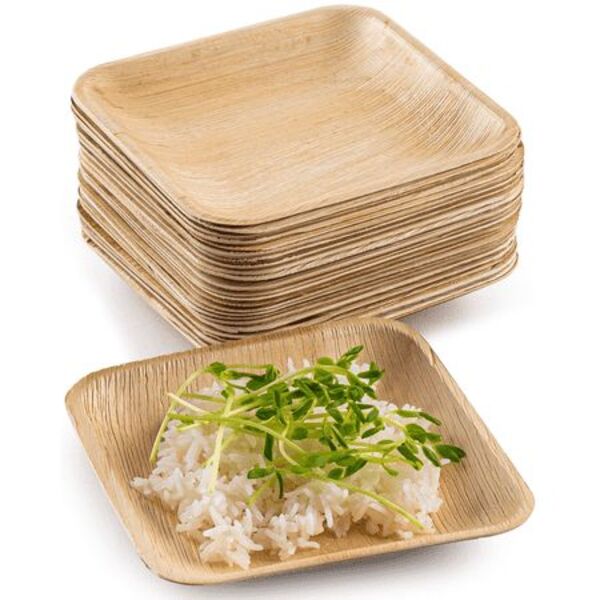
Variety of Disposable Dinnerware Options
Limited Durability and Quality of Disposable Tableware
While disposable tableware offers convenience, it often comes with the drawback of limited durability. Single-use plates and cups are typically thin and may not hold up well for heavy or greasy foods. This can be frustrating during a meal, especially if you’re serving foods that require sturdier plates or cups. In many cases, disposable tableware can easily crack or bend under pressure, making it less reliable than reusable alternatives.
On the other hand, high-quality disposable options made from materials like heavy-duty plastic or coated paper can offer better durability. However, these premium options are usually more expensive than standard disposable tableware. For large events, the cost of purchasing higher-quality disposable tableware can quickly become prohibitive.
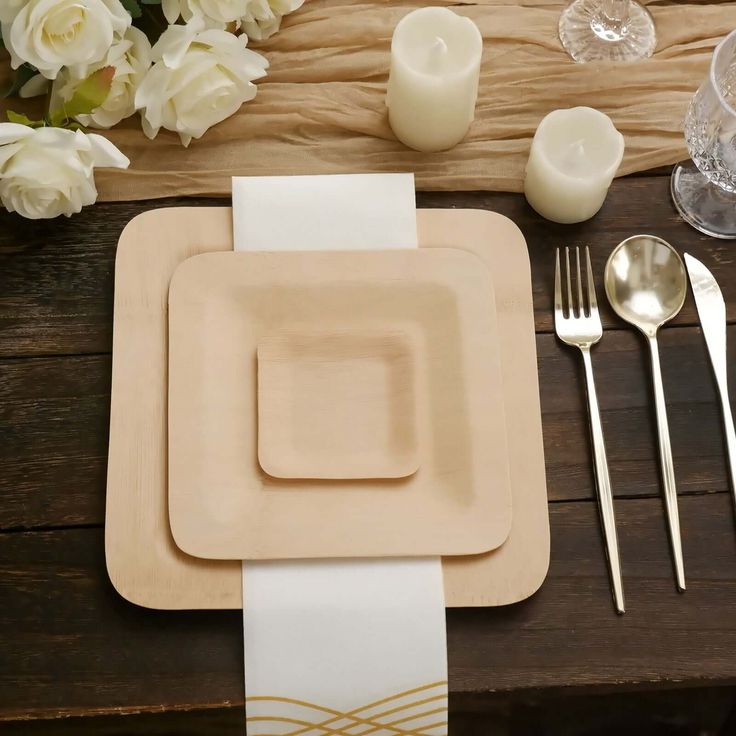
Convenient for Travel and Outdoor Activities
- Ideal for Outdoor Adventures: Disposable tableware is a practical choice for outdoor activities such as camping, hiking, picnicking, or road trips. Since single-use plates, cups, and utensils do not require washing, they simplify mealtime when access to cleaning facilities is limited. This makes them especially useful for remote locations where carrying reusable tableware is inconvenient.
- Lightweight and Space-Saving: Compared to traditional dinnerware, disposable tableware is lightweight and easy to pack. Whether you’re carrying a backpack for a hike or loading up a car for a family outing, single-use items take up less space and reduce the overall weight of your gear. This allows travelers to pack more efficiently without the burden of bulky dishes.
- Hassle-Free Cleanup: One of the biggest advantages of disposable tableware is the ease of cleanup. After eating, used items can simply be discarded, eliminating the need to carry dirty dishes back home or find a place to wash them. This is especially beneficial for travelers who want to focus on enjoying their trip rather than dealing with post-meal cleanup.
- Reduced Risk of Breakage: Traditional ceramic or glass dinnerware is prone to breaking, which can be dangerous in outdoor settings. Disposable options eliminate this risk, providing a safer alternative for children, large groups, or rough terrains.
Sustainability Alternatives to Traditional Disposable Tableware
As consumers become more aware of the environmental impact of disposable tableware, many are turning to sustainable alternatives. Compostable or biodegradable tableware is now widely available and is often made from renewable resources like bamboo, palm leaves, or cornstarch. These alternatives decompose much more quickly than traditional plastic items, offering a more eco-friendly solution for those who need the convenience of single-use products.
Another growing trend is the use of edible tableware, such as plates made from rice or wheat. These can be eaten after use, reducing waste and providing an innovative solution for sustainable dining. While these alternatives are gaining popularity, they may still be less convenient or more expensive than conventional disposable tableware.
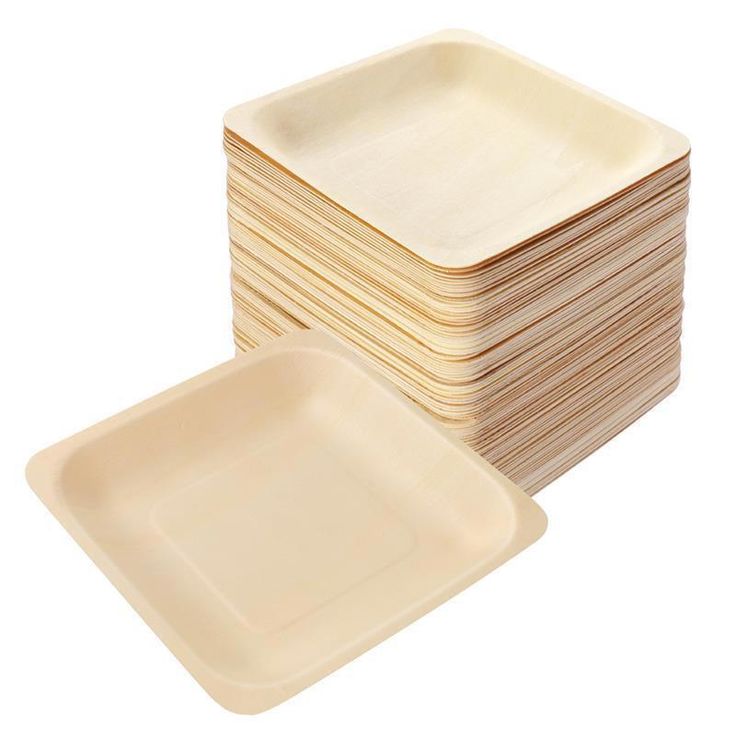
Conclusion
In conclusion, disposable tableware offers undeniable benefits, including convenience, affordability, and ease of use, making it a popular choice for many occasions. However, the environmental impact, health concerns, and limited durability associated with single-use items make it essential for consumers to weigh the pros and cons before making a decision. As alternatives like biodegradable and compostable tableware become more accessible, the future of disposable tableware may shift toward more sustainable solutions. By making informed choices, consumers can enjoy the convenience of disposable tableware without compromising their environmental and health-conscious values.